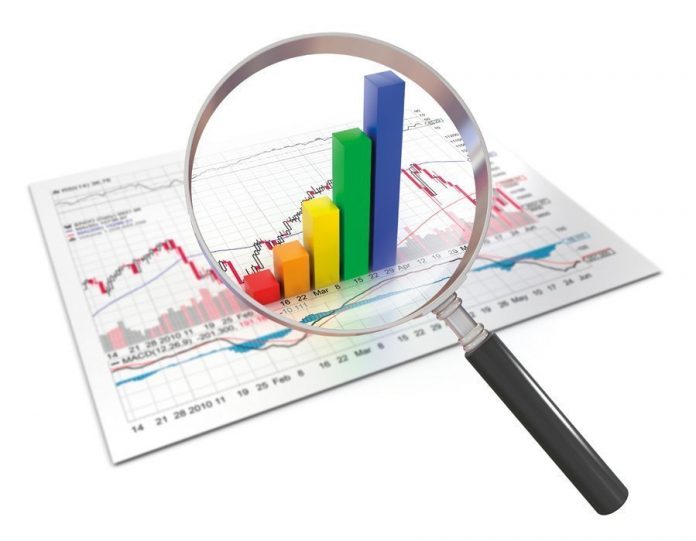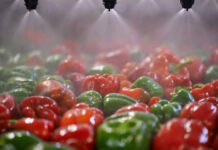In the first part of this article, which appeared in the November issue of Packaging South Asia, we revisited the scenario in which Indian packaging operates and reviewed some of the new considerations that have come up in the last decade or so. We also did a material-wise analysis of the the different basic packaging materials in the present Indian context.
So, what does all this mean in terms of what we expect to see in packaging trends in the near and medium term?
Background
The Indian packaging industry has had a healthy rate of growth in the last 2 or 3 decades. It was over 15% per annum in the 1980’s and has settled down at 12% to 15% in the last decade – a CAGR that has been between 2.0 and 2.5 times the level of GDP growth. It now constitutes roughly 4% of the global packaging demand and I would put the present value of Indian packaging at around US$ 36 to 38 billion (approximately Rs. 2,70,000 crore).
What has also happened is that there has been a substantial technological upgrade and we have state-of-the-art products available here in many segments, especially in oriented films and flexible packaging. Indian companies have emerged as world leaders in some packaging segments with manufacturing operations located in several countries world-wide including EU nations and the USA. India has also now become a manufacturing hub for many MNC consumer packaged goods companies for exports; this has willy-nilly necessitated that packaging materials and packaging systems be upgraded to be as good as the best available globally (not to mention that continuous globalization and economic liberalization has meant our home-grown products need to compete with and be as good as the leading international brands, almost all of which are now available in the domestic Indian market).
All this has provided excellent impetus to the Indian packaging industry.
Future trends
I predict that the Indian packaging industry will continue to thrive and maintain a growth of 12% to 15% per annum over the next decade as the country’s GDP growth, retail growth and growth in the number of households will be among the highest in the world with the middle-class and ‘aspirers’ hitting significantly large numbers.
Within the packaging industry, flexible packaging will dominate at a CAGR of 15% per annum and other segments will also exceed 10% per annum. The boom in eCommerce will see corrugated packaging and flexible packaging making significant gains.
Why flexible Packaging
Flexible packaging will record high growth simply because, in addition to organic growth, there will be an ongoing and continuous shift from rigid and semi-rigid systems to flexibles because of the tremendous advantages that the latter deliver.
As explained in our last issue, flexible packaging offers unbeatable advantages in terms of:
1. Material usage, source reduction, ability to light-weight and material optimization. And, the lowest post-consumer waste in terms of weight.
2. Lowest energy requirements.
3. Lowest water consumption.
4. Lowest carbon footprint.
5. Highest cube utilization and lowest transportation and storage costs for transportation and distribution of both packaging materials and packaged products.
6. Lowest emissions during transportation across the entire supply chain because of lighter weight and lower number of trips.
7. Most cost-effective barriers (WVTR, OXTR and light barriers) for preservation of products.
8. Highest sustainability index as compared to other systems.
9. By far the most cost-effective packaging solutions.
True, flexible packaging materials do pose problems in their inability to be separated or delaminated (especially for multi-layered structures) for subsequent re-use or re-cycling. However, the advantages they deliver to the overall system are so overwhelming that end-users opt for alternatives only if a flexible solution is not available (as in the case of highly carbonated beverages, high-pressure storage and aerosols for dispensing).
Indeed, if we draw up a score-card or establish a net bottom line using Life Cycle Analysis principles, they deliver by far the lowest impact on the environment. While they do cause depletion of scarce non-renewable resources, the initial outlay or usage of material resources itself is so small in comparison to non-flexible systems that they could be termed the least harmful ‘devil.’
It is a supreme travesty that the years of working and development to make plastics more durable and indestructible and to make bonds between different plastic substrates more strong and inseparable is now working against them! Be that as it may, there is no going away from the crying need to make them re-usable or recyclable and industry really needs to focus on this and get things going.
Other systems
Other systems like metal containers, glass jars and monocartons also really need to work on making themselves less expensive if they want to protect applications and markets where they are currently entrenched. This can happen only if they bring in new technology to reduce material and energy usage (lower weight single-trip glass bottles, lower energy consumption overall, higher barrier board for cartons) and get leaner.
Jute bags will continue at the present level because of their protection by JPMA but will lose out to woven sacks on availability and cost in meeting growth requirements.
Conclusion
To conclude, while there will be internal shifts between systems, the reassuring aspect is that there will be a healthy 12% to 15% overall growth in the Indian packaging industry.











